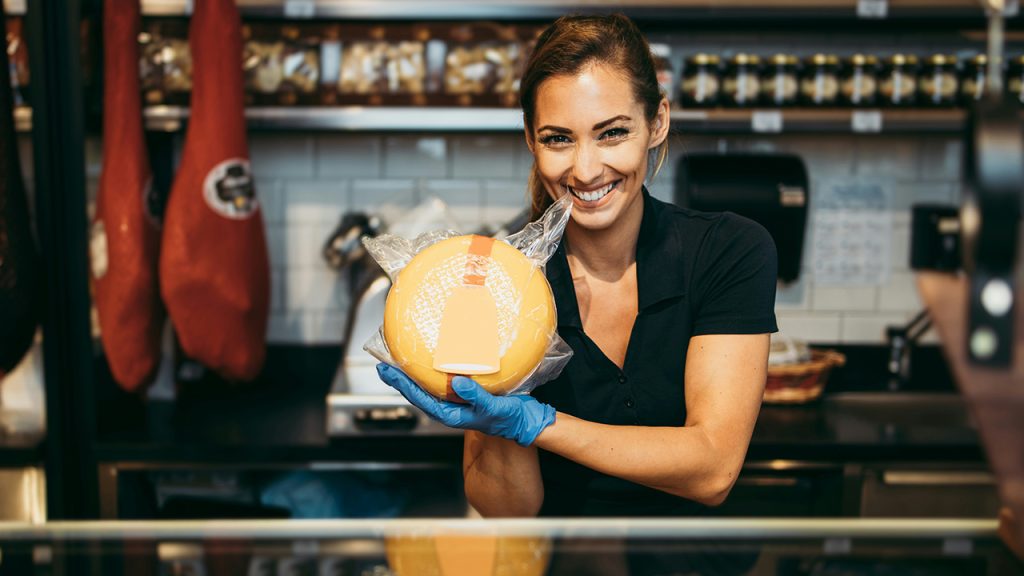I wasn’t always a cheese lover, but thanks to my husband, I appreciate it now! It’s one of those foods that can transform any meal. Whether I’m putting together a fancy cheese board or just layering it on pizza, there’s a cheese for every occasion. And with so many varieties out there, each one brings its own unique taste and texture to the table. Some cheeses are aged for months to develop that perfect flavor, while others are deliciously fresh right out of the kitchen.
But cheese isn’t just about taste — its history and the science behind how it’s made are just as fascinating. I can’t wait to share some fun and surprising cheese facts that’ll make you appreciate it even more!
Cheese Dates Back Over 7,000 Years

Cheese-making is one of the oldest culinary arts, with evidence of cheese production dating back more than 7,000 years. Archaeologists have found ancient pottery shards with milk fat residues, suggesting that early humans were making cheese even before written records existed. This makes cheese one of humanity’s earliest methods of food preservation.
There Are Over 1,800 Types of Cheese
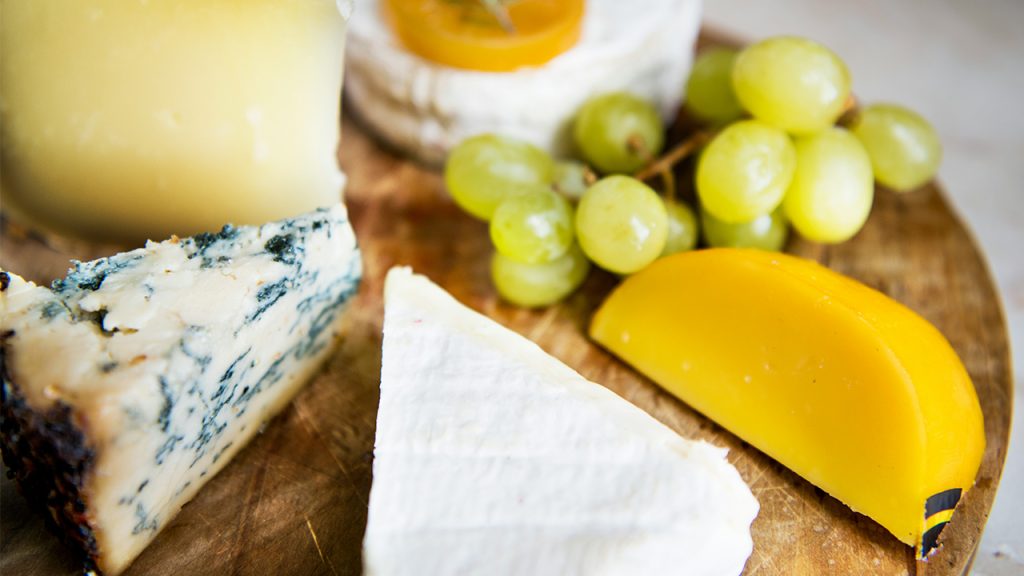
From the creamy Brie of France to the spicy Pepper Jack of the U.S., there are more than 1,800 different types of cheese globally. Every region has its own varieties based on the local climate, animals, and traditions. Some cheeses are mild and soft, while others are sharp and crumbly, offering endless options for cheese lovers.
The Holes in Swiss Cheese Are Made by Bacteria

The signature holes, or “eyes,” in Swiss cheese (like Emmental) are created by bacteria. Specifically, the bacteria produce carbon dioxide as they consume lactic acid, and the gas forms bubbles, creating the characteristic holes. Interestingly, more modern Swiss cheeses are being produced with smaller holes, as larger ones can make slicing the cheese difficult.
France Has a Cheese for Every Day of the Year

France is known for its love of cheese, with over 1,000 different varieties produced within its borders. It’s often said that there’s a different cheese for every day of the year, though some argue there are even more. French cheeses range from soft and creamy varieties like Camembert to hard and nutty cheeses like Comté.
Cheese Consumption Could Be Linked to Happiness

Some studies suggest that eating cheese might boost happiness due to a chemical called tyramine, which can trigger the release of dopamine in the brain. Additionally, cheese contains tryptophan, an amino acid that helps the body produce serotonin, a neurotransmitter linked to feelings of well-being.
Roquefort Cheese Ages in Caves
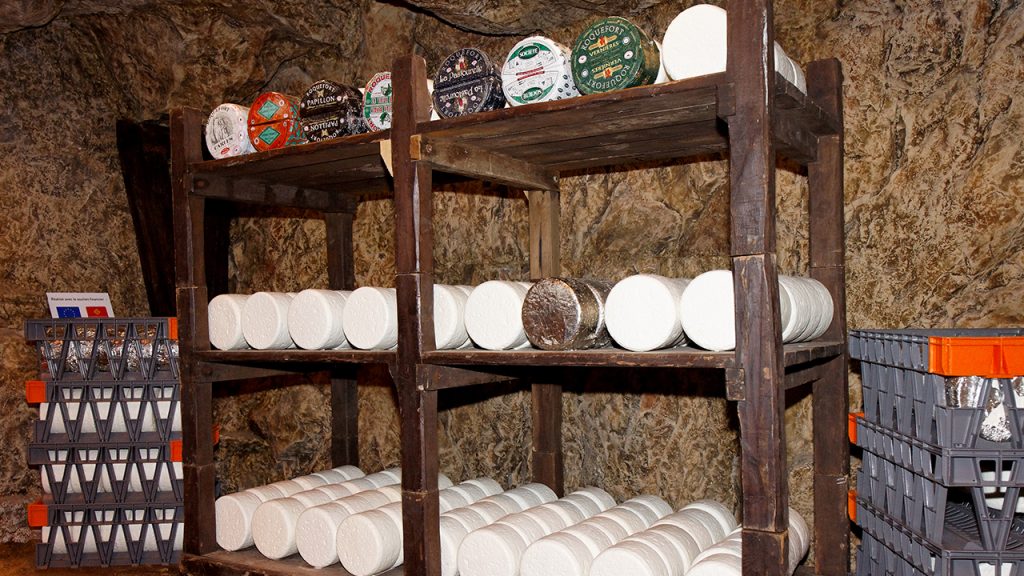
Roquefort, one of the world’s oldest and most famous blue cheeses, is aged in the natural limestone caves of Roquefort-sur-Soulzon in southern France. These caves provide the perfect humid conditions for the Penicillium mold, which gives Roquefort its distinctive veins and flavor.
Cheese Can Be Addictive

Some researchers believe that cheese may have addictive properties. This is partly due to a compound called casomorphin, which is released when the protein casein in milk is digested. Casomorphins can bind to the brain’s opioid receptors, potentially making cheese hard to resist for some people.
Cheese Was Once Used as Currency

In medieval Europe, cheese was sometimes used as a form of currency. Farmers would pay their rent or debts using wheels of cheese, especially in regions where it was a valuable and long-lasting commodity. Cheese was highly prized, particularly in areas where it was hard to produce due to climatic conditions.
The U.S. Is the Largest Producer of Cheese

While European countries like France and Italy are famous for their cheeses, the United States is actually the largest producer of cheese in the world. The state of Wisconsin alone produces more cheese than most countries! Mozzarella and cheddar are among the most produced cheeses in the U.S.
Mozzarella Is the Most Popular Cheese in the U.S.

Mozzarella has become the most popular cheese in the United States, primarily due to its widespread use on pizza. The U.S. produces billions of pounds of mozzarella every year to meet the high demand. Its mild flavor and melty texture make it a favorite in many dishes.
Cheese Can Change Flavor Over Time

As cheese ages, its flavors and textures can change dramatically. Fresh cheeses like ricotta and cottage cheese have mild flavors, while aged cheeses like Parmigiano-Reggiano develop complex, sharp tastes. The aging process allows the enzymes and bacteria to break down the fats and proteins, intensifying the flavor.
Lactose-Intolerant People Can Often Eat Aged Cheese

Many people who are lactose intolerant can still enjoy cheese, especially aged varieties. During the aging process, much of the lactose in cheese is broken down by bacteria, making aged cheeses like cheddar, Parmesan, and Gouda easier to digest than fresh, unaged cheeses like mozzarella or ricotta.
The Oldest Cheese Ever Discovered Is 3,200 Years Old
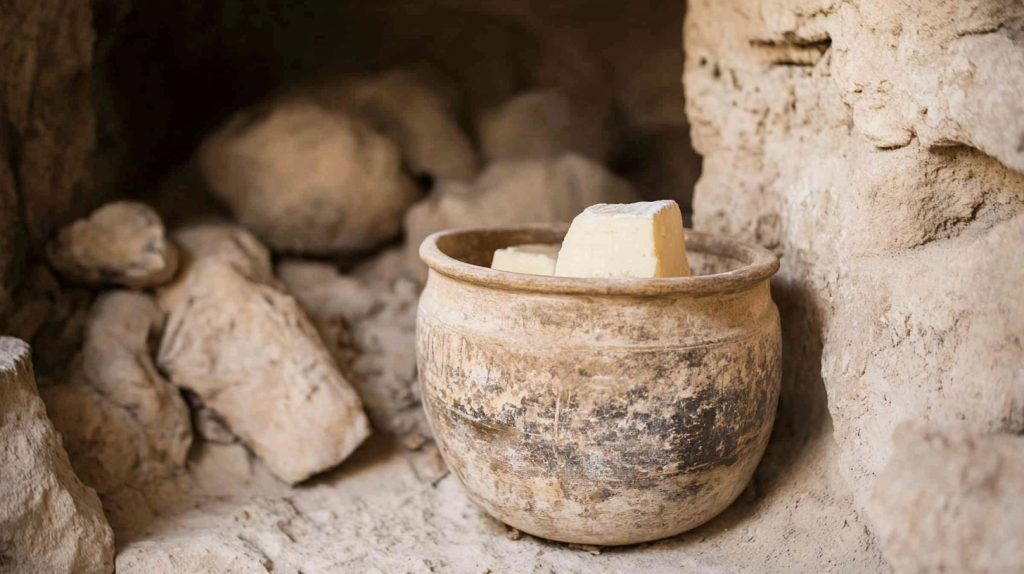
In 2014, archaeologists discovered cheese that was over 3,200 years old inside an Egyptian tomb. The cheese, found in a jar in the tomb of Ptahmes, a high-ranking official, had been well-preserved by the dry desert conditions. This ancient cheese was likely a mixture of cow, goat, and sheep milk.
Cheese Has Its Own Festivals

In many parts of the world, cheese is celebrated with festivals dedicated to its delicious varieties. For example, the annual Cheese Rolling Festival in Gloucestershire, England, features participants chasing a wheel of cheese down a steep hill. The first to catch it wins the cheese!
Parmesan Cheese Is Made Under Strict Rules
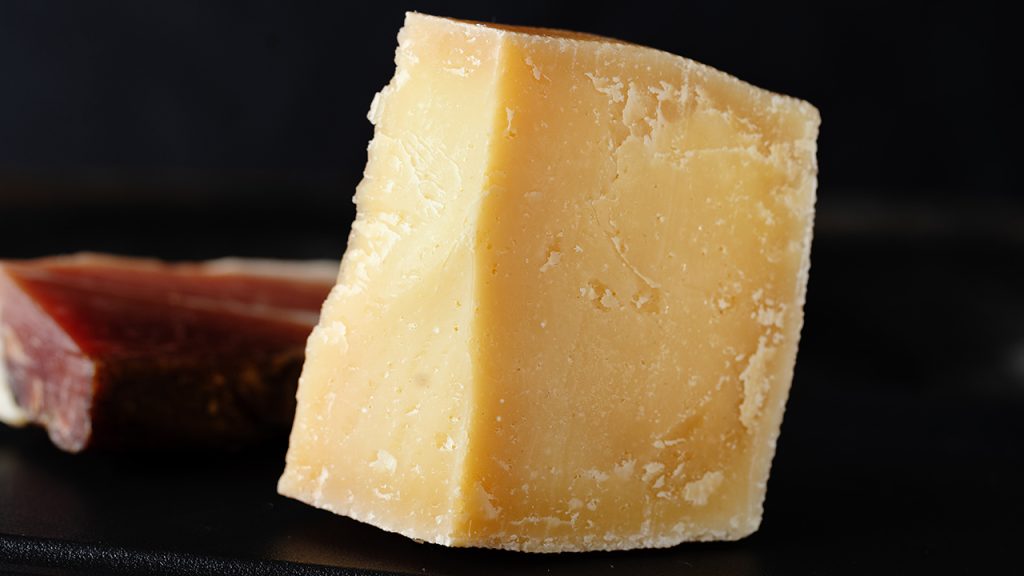
Parmigiano-Reggiano, or Parmesan, must be produced according to strict regulations in specific regions of Italy. The cheese is aged for at least 12 months, and only cheeses that meet the exacting standards can be labeled as true Parmesan. Each wheel of Parmesan is carefully inspected, and only those that pass are given the official stamp of quality.
16 American Foods Brits Can’t Stand
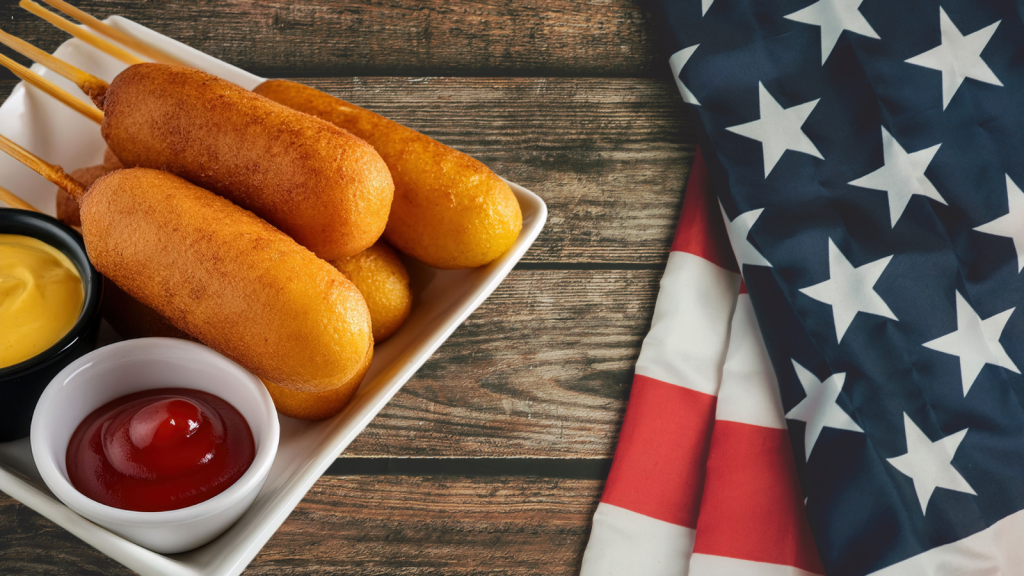
Food preferences can vary wildly across cultures, and what’s considered a delicacy in one country might be seen as downright bizarre in another. This cultural divide is particularly evident when comparing American and British cuisines. While the two nations share a common language, their tastes in food can be worlds apart. From overly sweet concoctions to processed cheese products, there are certain American foods that many Brits find hard to stomach.
Read More: 16 American Foods Brits Can’t Stand
Ellen has been obsessed with logic puzzles, jigsaws, and cryptograms since she was a kid. After learning she was taught how to play chess wrong by a family friend (so they could win), she joined her school chess club and the rest is history.
